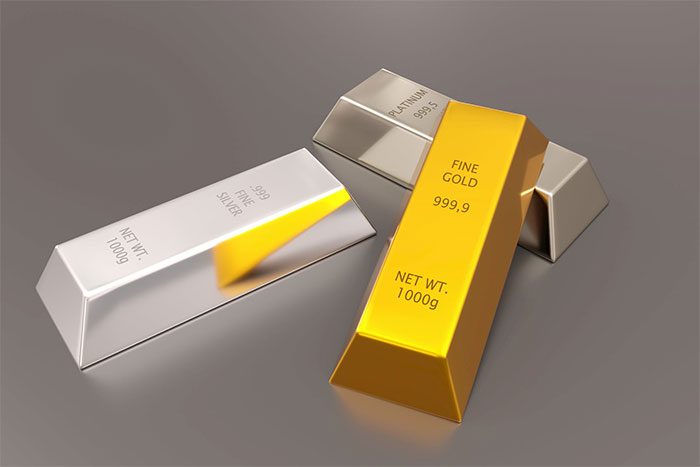Humans are in a paradoxical situation: a treasure trove of rare elements is being discarded alongside water deemed too polluted and expensive to clean.
Dr. Hamidreza Samouei of Texas A&M University is researching the components of produced water (produced water is a term used in the oil and gas or geothermal industry to describe the water generated as a byproduct during the extraction of oil and natural gas, or used as a medium to extract heat). He states that the water discharged from oil and gas activities contains nearly every element in the periodic table, including those crucial for a nation’s economy.
Samouei’s goal is to treat produced water by using carbon dioxide (CO2) in stages to recover valuable elements while also generating fresh water for agricultural use.
Samouei noted: “Recognizing the hidden value in produced water could provide tangible solutions to some of the world’s most urgent environmental challenges, from CO2 emissions to the increasing scarcity of certain minerals and clean water.”
His research on “brine mining” was introduced in a paper published in January 2024 in the Journal of Petroleum Technology by the Society of Petroleum Engineers. The paper is titled “Liquid Gold: Unlocking the Potential of Essential Minerals in Produced Water Using Carbon Dioxide.” He presented this topic at the Middle East Water Week Conference and Exhibition held in December 2023 in Saudi Arabia and reported his latest findings at the Annual Produced Water Society Conference in February 2024 in Houston, Texas.

Gold, silver, and platinum are abundant in produced water.
Why is Produced Water Being Disposed Of?
Water accumulates in subsurface areas where geological activities occur, similar to hydrocarbon reservoirs. It dissolves and holds a large amount of minerals and other elements. In oil and gas operations, on average, six barrels of produced water are discharged for every barrel of oil obtained, and in some scarce cases, this ratio can reach an astonishing 500 barrels of produced water for just one barrel of oil.
In 2020, the annual amount of produced water from global oil and gas activities exceeded 240 billion barrels, with Texas generating 33 million barrels of produced water daily. Oil fields in the Permian Basin in Texas produce more produced water than all other shale fields in the U.S. combined. Treating this massive volume of produced water is very costly, so it is primarily viewed as waste and pumped into underground disposal sites for safe isolation.
Hidden Values in Brine
Since everything in produced water has never been cataloged, Samouei’s research starts with the basics. He collected produced water samples from across the United States and developed a standard method for analyzing water content. As a result, he found that it contains nearly every element listed in the periodic table.
Samouei’s discoveries in produced water include important minerals such as lithium, rubidium, cesium, gallium, and platinum group metals – essential for computing technology, energy, and transportation. More importantly, like other brines used in fertilizer production and other industries, produced water is rich in sodium, potassium, magnesium, and calcium but at a lower cost.
All these minerals could be more profitable than crude oil. Thus, the costs of treating the water could easily be offset by selling the recovered minerals.
Finding Better Treatment Methods
Samouei explains that while desalination of produced water has been considered, the method of extracting salts and minerals before water treatment has yet to be explored.
Much of his current research focuses on developing the best methods for extracting valuable minerals from brine during the purification stages using CO2 desalination methods. According to Samouei, this is “a groundbreaking approach to intentionally recover desired minerals from produced water.” The process involves various filtration techniques, such as ultrafiltration and nanofiltration, and even reverse osmosis.
Commercialization Potential
The research is laying the groundwork for brine mining, whether using produced water or other saline water sources, but Samouei states that further development will require funding. Funding from many governments is focused on extracting precious minerals from distant locations like the ocean floor or even asteroids in space, rather than on something readily available like produced water.
Samouei hopes his research will change the oil and gas industry’s perspective on produced water, initially viewing it as a profitable revenue source. Even in the decades to come, produced water might be considered a raw material input in oil and gas extraction rather than a waste product as it is now.
Samouei stated: “Produced water can be concerning if we view it as waste, but if we see it as a resource, it will benefit future generations on Earth.”


















































